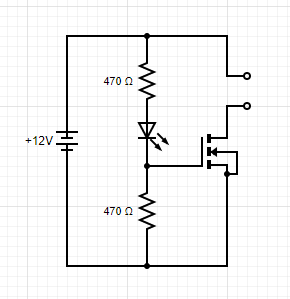I’ve been working on a new board at Jekyll-Labs. The Howler board provides a customizable sound effect that is triggered by motion. It’s a very simple board that allows the JQ8900 audio board and the SR602 PIR sensor to talk to each other. Additionally, it provides easily accessible connections for audio out and multiple options for providing power.
Use cases for the Howler board:
Jump Scares— Have a prop that you want to growl or laugh when someone walks by? The Howler board is perfect for this.
Haunt Introductions—The Howler board can read off instructions whenever a guest walks into the haunt.
Ambient music—You have some background noise/music you want to play when people are in the haunt, but not all the time.
Audio output:
The JQ8900 includes a 3W amplifier so it works with unpowered speakers. 3W is great for props. You’re not going to deafen anyone, but it’s plenty loud enough for a surprise. I like “marine” speakers from Amazon, but Goodwill also may have options. The Howler board lets you connect your speaker via a standard 2 pin header interface. The board also includes a 3.5mm “headphone” jack for line level output. Plug in a set of computer speakers or even a subwoofer for some bone rattling base.
Computer Interface:
The JQ8900 has a female micro-usb port. If you plug it into your PC via a cable, your computer will recognize it as a thumb drive. Then just drag and drop your MP3 audio file. As long as it’s named 00001.MP3 , the board will play it when triggered. (Do disconnect the board from any power before plugging into your computer).
Power supply:
The Howler board includes a voltage regulator it so can operate on HI (nominally 12v, but potentially 7-18v) or LOW (nominally 5v, but good potentially down to 3.3v) power supply options. This makes it easy to integrate either into a 12v DC haunt set up or work with batteries in a more remote set-up. Importantly, only one set of the Howler board power connections should be attached at a time. Having them both connected could cause damage to the voltage regulator.
Here’s a video to show it in action!


































